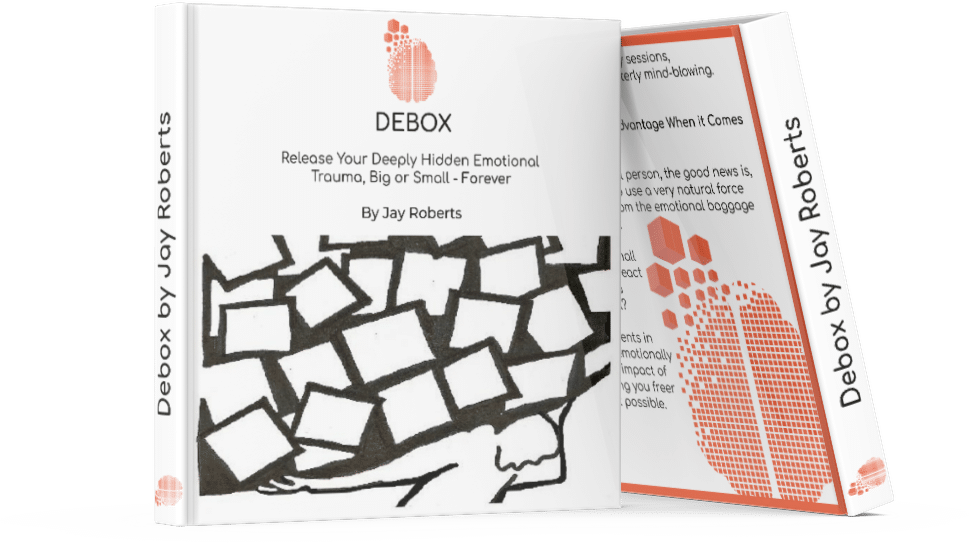Emotional release is a powerful form of therapy that can help people to better understand and manage their emotions. It works by allowing individuals to express difficult or suppressed feelings, enabling them to gain insight into the root cause of these issues. This understanding then allows for more productive ways of dealing with the problem, which in turn leads to improved mental health and overall wellbeing.
This type of therapy usually involves talking through one’s thoughts and feelings with a trained professional in an atmosphere that promotes openness and trust. In this setting, clients are encouraged to let go of any expectations they may have had about how they should feel or act when it comes to certain topics or experiences. They also learn strategies for managing overwhelming emotions as well as ways for processing past traumas without becoming overwhelmed by them again.
One key aspect of emotional release is the idea that it helps us become aware of our own reactions so we can take control over them instead of letting them dictate our behavior. Through this awareness, we learn how to respond more effectively when faced with difficult situations in life rather than simply reacting on autopilot based on old patterns from childhood or other sources.
The techniques used during emotional release sessions vary depending on the individual needs but generally involve guided meditation, journaling exercises, deep breathing techniques and other relaxation methods such as visualization or mindfulness practices. These tools allow people to access deeper levels within themselves where previously buried memories and feelings can be brought up into conscious awareness so they can be worked through in a safe environment free from judgement or fear-based beliefs about who they should be emotionally speaking at any given moment in time.
At its core, emotional release is all about creating space for yourself – both mentally and physically – so you can explore your inner world without feeling like you have something “wrong” with you just because your emotions don’t match what society expects from you at any given point in time; essentially providing a way out if traditional methods aren’t helping anymore either due lack effectiveness/resistance etc. By being open minded towards exploring different aspects within oneself (even those deemed uncomfortable) via healthy means such as these therapies mentioned above then one’s personal growth will likely increase significantly.
What is Emotional Release?
Emotional release is a type of therapy that helps people deal with their feelings and emotions in a healthy way. It involves talking through difficult experiences, expressing your feelings, understanding what you are feeling and why, and learning how to cope better with future events. This type of therapy can help people work through traumas or stressors in life, such as grief or the loss of a loved one.
The aim of emotional release is to free yourself from negative emotions like anger, fear or sadness which may be holding you back from living your best life. Through this kind of therapy it’s possible to reach an inner peace by dealing directly with these suppressed thoughts and memories. It allows for the healing process to begin without having to repress any thoughts or memories that might have been causing distress.
One major benefit associated with emotional release is improved mental health overall; this includes increased self-awareness and greater control over your emotions in day-to-day life as well as long term improvements in psychological wellbeing. By using this form of therapy it’s possible to create healthier relationships both within oneself as well as those around us; since we become more aware of our own needs we are better equipped at meeting them while also being able to recognize when others need help too – thus strengthening bonds between individuals on multiple levels.
Benefits of Releasing Emotions
Releasing emotions has many benefits that often go unnoticed. It can help us to reframe our thoughts and gain a better understanding of the situation. As we release emotion, it can provide relief from pent up stress and frustration, allowing us to relax and be more open-minded about how we approach things.
One benefit of releasing emotions is that it helps clear away any negative energy or feelings that may have been lingering in our minds for some time. By letting go of these feelings, we are able to take a fresh perspective on life and start anew with positive thinking. This can lead to increased motivation and improved performance in all aspects of our lives – both professionally and personally.
Emotional release can also increase self-awareness as it allows us to become more mindful about how we think, feel, and react to situations around us. With this heightened awareness comes greater clarity on what needs attention so that improvements can be made where necessary without feeling overwhelmed by too much information at once. Emotional release provides an opportunity for personal growth which leads to greater fulfillment in life overall.
Different Ways to Achieve Emotional Release
Achieving emotional release can be done in a variety of ways. One way is through talking therapy, such as counseling or psychotherapy. During these sessions, the therapist will help to identify any underlying issues and create a safe space for clients to express their emotions openly and honestly. Talking therapy also helps clients gain insight into their own thought processes and develop new coping strategies that may reduce symptoms of anxiety or depression.
Another form of emotional release involves engaging in creative activities like art, music, writing, or movement-based therapies such as yoga or tai chi. These activities are often used to explore feelings and process them in a more productive manner than just talking about them alone might allow for. Artistic expression has been found to help people better understand themselves on an emotional level by allowing them to express thoughts and feelings without having to verbalize them directly with another person present during the session.
Physical exercise is an effective way of releasing pent up emotion since it releases endorphins which act as natural mood enhancers while simultaneously decreasing levels of stress hormones like cortisol in the body. Regular physical activity not only improves overall wellbeing but can also be beneficial for mental health by providing outlets where individuals can safely let out any built-up tension they have been experiencing due to difficult life events or other stressful circumstances they may have encountered recently.
How Does it Work?
Emotional release is a process in which a person can express and let go of their emotions that have been suppressed or unexpressed. It works by allowing the individual to recognize, accept, and confront the feelings they are feeling. This helps them to move on from these emotions rather than continue to carry them around with them.
The main concept behind emotional release is that it allows individuals to open up and become more aware of their emotions so they can work through them effectively. Through this type of therapy, people are encouraged to focus on their thoughts and feelings in order to identify any underlying issues or beliefs that may be causing distress. Once these issues have been identified, individuals can begin working through those challenges by utilizing various strategies such as cognitive behavioral therapy or mindfulness-based practices.
Emotional release provides an opportunity for individuals to practice self-care techniques such as journaling or meditation in order to further explore their thoughts and feelings while also learning how best manage stress levels throughout everyday life. These activities allow people access into deeper parts of themselves so they can gain insight into who they truly are as well as make better decisions moving forward.
Tips for Effective Emotional Release
One of the most important things to remember when practicing emotional release is that it’s not a one-size-fits-all process. What works for one person may not work for another, so it’s important to find what works best for you and your individual situation. Here are some tips to get started on your journey towards emotional release:.
Start by focusing on mindfulness and grounding yourself in the present moment. This can be done through meditation or simply taking time out of each day to focus on being aware of your thoughts, feelings, and environment without judgment. When we practice being mindful and grounded, we can become more connected with our emotions which will help us recognize them better during an emotional release session.
Another great tip is to set aside a designated space where you can go when you feel overwhelmed or need some time alone. This could be anywhere from a cozy corner of your bedroom, a quiet spot outdoors, or even just inside your head if needed. Having this safe place allows us to take ourselves away from stressful situations and gives us an opportunity to truly let go emotionally without any external distractions or pressures around us.
Make sure that whatever form of emotional release you choose fits with who you are as an individual – whether it’s journaling about your feelings or engaging in physical activities like yoga or dancing – pick something that resonates with YOU personally so that it feels authentic and true while releasing built up emotion within yourself.


